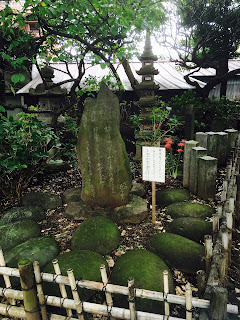The River of Akigawa Valley
秋川谷の川
●
Station : Musashi-itsukaichi
(武蔵五日市駅 -Itsukaichi line)
●
From Shinjuku : 1H~1H30
●
Journey :
。Fastest (660¥) : Seibu Shinjuku Line => Koidara [change] Seibu Hijima Line => Haijima [change] Itsukaichi Line => Musashi-Itsukaichi (last stop)
。JR line only (800¥): Chuo Line => Tachikawa [change] Ome line / Itsukaichi Line => Musashi-Itsukaichi (last stop)
●
Park Fee : Free
☆ So this is a bit redundant because "Akigawa" means "Automn
river". But there is more to discover than the river in Akigawa Valley, but let's start by the river around wich gave it's name to the area.
As far as I know, though there are plenty of river in Japan, there aren't much river where you can go for swimming and especially river that are fitted out on the purpose.
But only 5min walk from Musashi-itsukaichi you'll find a park for you to spread your bathtower and go for a swimm. There are also a lot of fisherman up the river. The water is very clean. There In the park, there are a barbecue area and toilets available.
The things you have to know before going on your trip :
- it gets super crowded in summer
- there are no trees under which you can set your camp to avoid the sun
- If you go away from the crowd, remember you are into the wild so there will be a few encounters possible such as fish, heron and snakes.
★ You are a little bit in the town but a really small mountain town and the few houses afar won't be a turn down to enjoy a pleasant bath in the beautiful water of akigawa. My advise would be to plan a whole day trip half hiking / half swimming. Be careful if you start with the hike to not arrive to late in the afternoon or the water will get cold as the sun goes down (Japan is the country of rising sun ! be early !) There are a lot of hiking trails and road to to some temple sight-seeing in the area.
★8/10
 |
| BBQ area on the left. Note that I was there in october so there was no one. |
 |
| A little bit up the BBQ area, nearing the fishermen place. |
 |
| Very clear water ! ! ! |
 |
Rhabdophis Tigrinus
It is a common snake in Asia, especially in mountain-river area.
Though it is venomous snake (so leave him in peace !!!) also remember that snakes are at least as scared of you (you are all tall and fat ! )
And again, I was there in october with no one around. They usualy don't hang around in the middle of the humans. Not very fond of BBQ probably .... |























